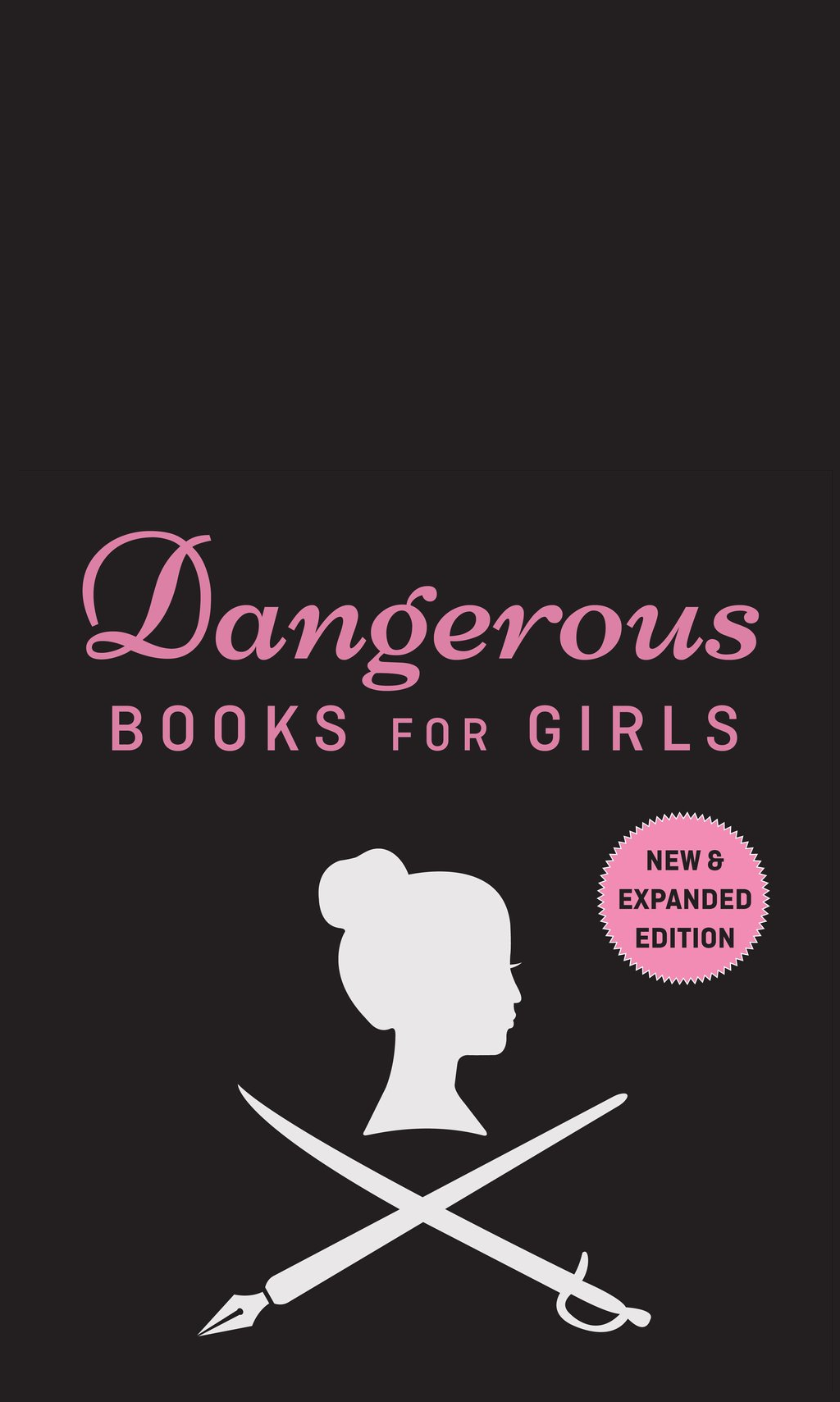
A Brief History of the Romance Novel
Words By Inanna Carter
I’ve always loved romance novels. There was a time when I refused to read anything that didn’t have romance in it. My love for the genre eventually transferred to my other hobbies and interests—I never watched shows that weren’t centered around romance, I never wrote stories where the words “I love you” weren’t muttered between soft kisses, and I never played games that wouldn’t let me choose someone to date from a handful of candidates. There’s just something about the sweet, deserved intimacy between two or more people that makes my heart swoon and my days a little brighter.
So why is it that whenever I share my love for this genre, people give me weird looks?
In Maya Rodale’s work Dangerous Books for Girls, she highlights the history of romance novels and why they’ve always been so historically important to women. Women used to be shamed for reading romance books, and sometimes we still are, but despite that shame, these stories have life-changing lessons to teach.
What Did Life for Women Once Look Like?
In the early 1800s, men and women’s gender roles were split into two separate spheres: the public sphere and the domestic sphere. Men, in the public sphere, went out to work, participated in politics, and socialization came easier. Women, in the domestic sphere, cooked, cleaned, took care of the kids, took care of their husbands, and cooked some more. Day in and day out they stayed at home, listened to their babies wail, and finally their husbands “rewarded” them with unsatisfactory sex. If they were in the mood, of course. Many women feared that this was how the rest of their lives were going to be.
Keep in mind, this is how white women lived their lives. For minorities, it was a completely different ballpark. Women of color had no social lives, were deemed property, and were abused until later in the 19th century.
Introducing the Romance Novel
The origin of the romance novel starts around the late-eighteenth and early-nineteenth centuries. Samuel Richardson’s Pamela; or, Virtue Rewarded was one of the first, released in 1740. In it, a young woman tries to resist giving her virginity to a wealthy landowner, making it clear that Richardson was writing for the landowning male class.
Fast forward to Jane Austen’s Sense and Sensibility in 1811 when women began writing for women. Though they often wrote under male pseudonyms, to decrease the chance of harassment and so their books would be taken seriously, it was usually obvious when women wrote them.
When romance novels became popular around the Jane Austen era, women wasted no time reading them. Being a part of the domestic sphere meant the same boring routines. But romance books were new and exciting. They offered a world previously unheard of. Women in romance novels had hopes and dreams that they strove for and achieved. Their romances often featured men who treated them, if not as equals, at least as real people—and who were very much in love with them. The heroines of romance novels experienced more to life than being a mother and housewife. Women of the nineteenth century wanted that.
Romance Novels’s “Bad Reputation”
The concept of the romance novel and its freeing power for women seems like it should have been a great thing, but that wasn’t the consensus of the time. Men did not view these changing ideals positively, saying the books set “unrealistic” expectations for them. Books like Pamela, written by men, upheld the idea of virtue being pure and sacred. The romance novels written by women seemed like erotica in comparison, disrupting the innocent nature men wanted women to have.
The world belittled and berated women for ever hoping they had a chance of living the same lives as their favorite fictional character. Because the books were just that—fiction. Anyone who thought of them as real-life possibilities were dreamers and delusional. At the end of the day, however, it wasn’t that these books held ideas that tainted women and their expectations. It was that women were starting to realize how they’d been treated thus far was not enough.
Don’t Settle for Less, Ladies
Romance novels aren’t nearly as subversive as they once were. Some people—usually men but sometimes traditional women—will always be spooked by the idea that women can be the center of attention, have jobs, and chase after hopes and dreams. But every day more women are empowering each other, loudly and proudly. Younger generations are reading romance novels and realizing they want to marry someone like the main character’s love interest. Beautiful, grown women read these stories and realize they deserve to be treated like the queens they are.
It’s also important to recognize that these novels are no longer solely about straight, white women. Now, women of color and queer women get to find love too. It’s an ever changing industry that will always have room for improvement, but has come a long way.
To every woman who has felt shame for reading a romance novel and longing for what the main character has, wishing you were her—I hope that one day you’ll come to understand that you deserve to be swept up in a good book. You deserve to enjoy all kinds of scenes, no matter how “impure.” And you deserve a partner who will give you just as much as you’re willing to give them. Here’s to your Happily Ever After.
“Your here and now is not your forever. Your situation on page one is not where you’ll end up in the epilogue….your birth is not your destiny.” — Maya Rodale, Dangerous Books for Girls, p. 19